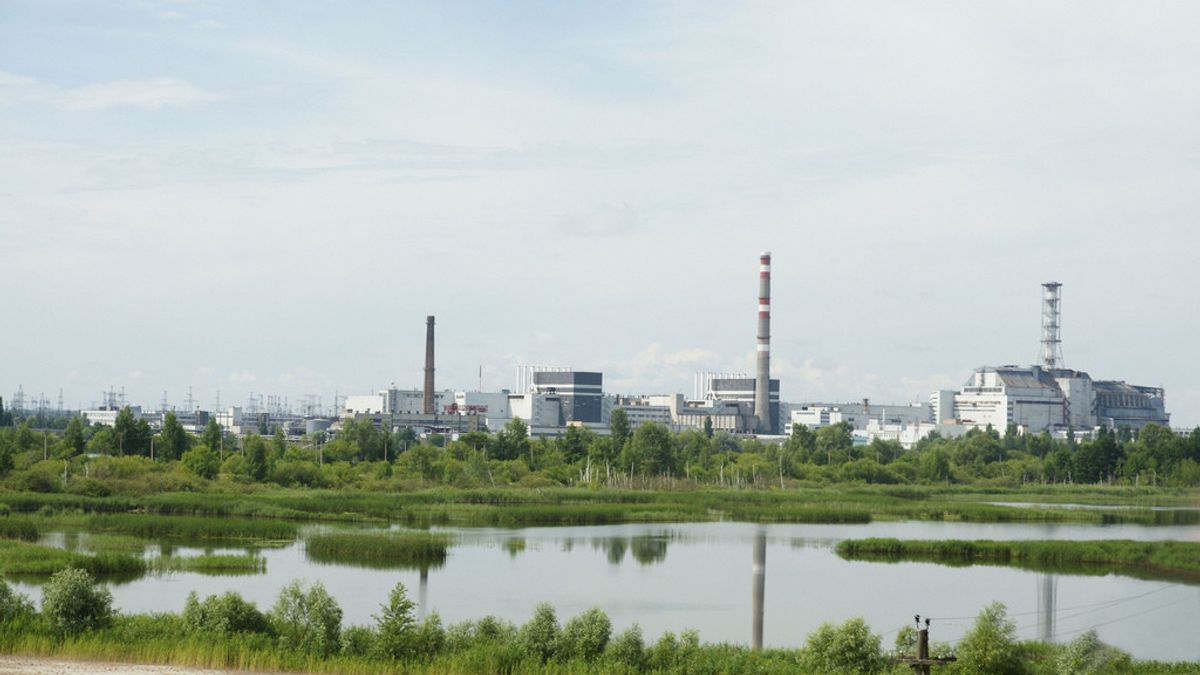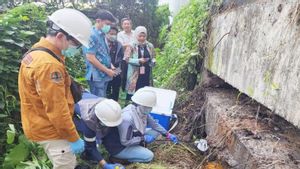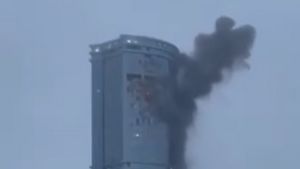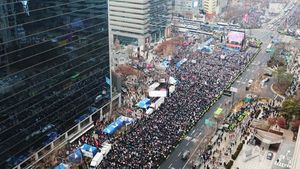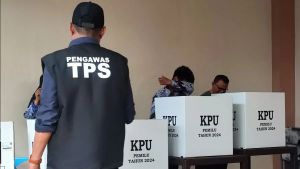JAKARTA - Radiation detectors in the Exclusion Zone around Ukraine's defunct Chernobyl nuclear power plant are back online for the first time since Russia seized the area on February 24, with the United Nations nuclear watchdog saying radiation levels were normal.
"Most of the 39 detectors sending data from the Exclusion Zone are now visible on the IRMIS (International Radiation Monitoring Information System) map," the International Atomic Energy Agency (IAEA) said in a statement.
"Measurements received so far indicate radiation levels are in line with those measured before the conflict," the statement continued.
Earlier, IAEA Chief Rafael Grossi denounced Russia's temporary occupation of the Chernobyl nuclear power plant, as 'very, very dangerous', offering Ukraine assistance, to repair the damage caused by the disaster-stricken plant.
Meanwhile, Ukrainian President Volodymyr Zelenskiy criticized Russia's behavior at the site some time ago, saying Moscow had shown complete disregard for nuclear safety on the anniversary, sending rockets to Chornobyl and two other functioning nuclear power stations.
It is understood Russian troops moved into a highly contaminated 'exclusion zone' around the Chernobyl plant, days after launching their attack on February 24. They resigned late last month.
"The situation is completely abnormal and very, very dangerous," Grossi told reporters outside the station 140 km (87 miles) north of Kyiv last April.
Ukrainian officials previously complained troops had towed heavy equipment through the zone, intruding on the contaminated area and sending radioactive dust. Troops also briefly prevented staff from leaving the station, where they monitored large quantities of spent fuel and other radioactive material.
The English, Chinese, Japanese, Arabic, and French versions are automatically generated by the AI. So there may still be inaccuracies in translating, please always see Indonesian as our main language. (system supported by DigitalSiber.id)
